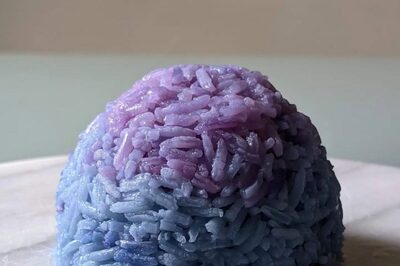
views
window._taboola = window._taboola || [];_taboola.push({mode: 'thumbnails-a', container: 'taboola-below-article-thumbnails', placement: 'Below Article Thumbnails', target_type: 'mix' });Latest News
Efforts are on to give a new look to the State Tribal museum to promote it as a tourists’ destination. While the construction of an additional Primitive Tribal Group (PTG) gallery is nearing completion, the authorities concerned plan to give the museum a tribal village ambience with proper landscaping.
After completion, the gallery would adorn artefacts related to 13 PTGs in the State.
Located on the premises of Scheduled Caste and Scheduled Tribe Research and Training Institute (SCSTRTI), the museum displays objects from almost every tribe. On its 18- acre campus, the museum has around 2,247 tribal artefacts, 34 items of textiles of 10 tribes and 927 ornaments of 25 tribes. The five huts within the premises are of Santal, Juang, Gadaba, Saora and Kondh tribes.
Officials of the SCSTRTI said the available land behind the five hutments within the museum will be used for setting up small forests typical of tribal habitation. “We have also proposed to set up traditional agricultural heritage system models that include terrace farming, behind these huts,” an official said.
This apart, there are plans to set up three more huts, including that of Chuktia Bhunjia and Ho tribes.
Earlier, this year, the touch screen-based interactive content was inaugurated by State ST and SC Development Minister Lal Bihari Himirika at the museum. Special audio visual interactive content has been installed on touch screen kiosks in each of the galleries to allow visitors to access detailed descriptions of several artefacts through thematic songs, dances and schematic diagrams.
The kiosks also offer the visitors a choice of Odia, Hindi and English languages. This interactive concept is expected to break away from the traditional museum experience to a wider informative exposure through modern technology.
The institute is the only Government-run tribal museum in the State and attracts hundreds of visitors from abroad each year. From September to March, considered as the tourism season in the State, the museum receives a large number of foreign travellers who are brought here by the city-based tour operators.
However, it rarely gets domestic and local visitors, except researchers.



















Comments
0 comment